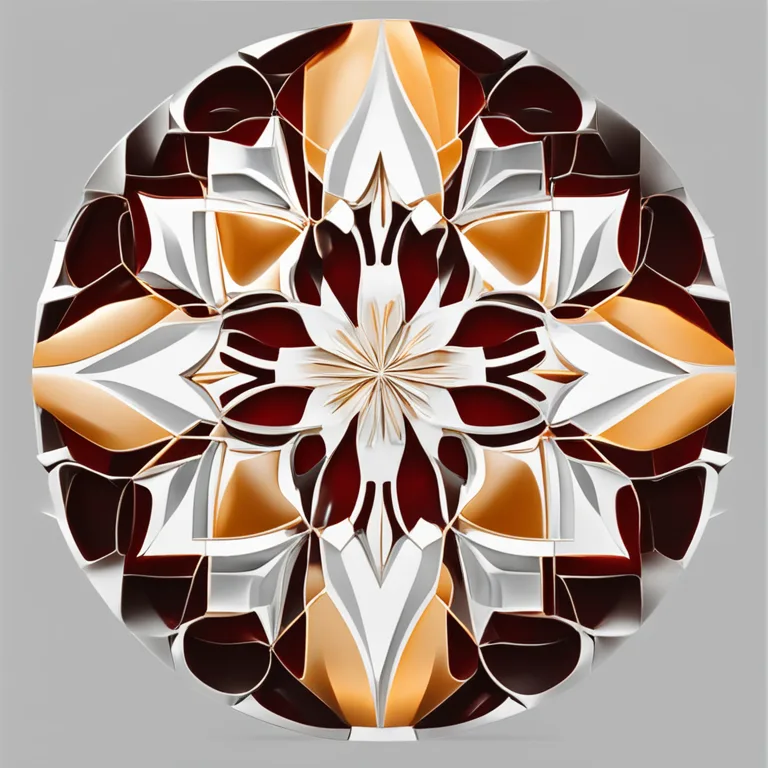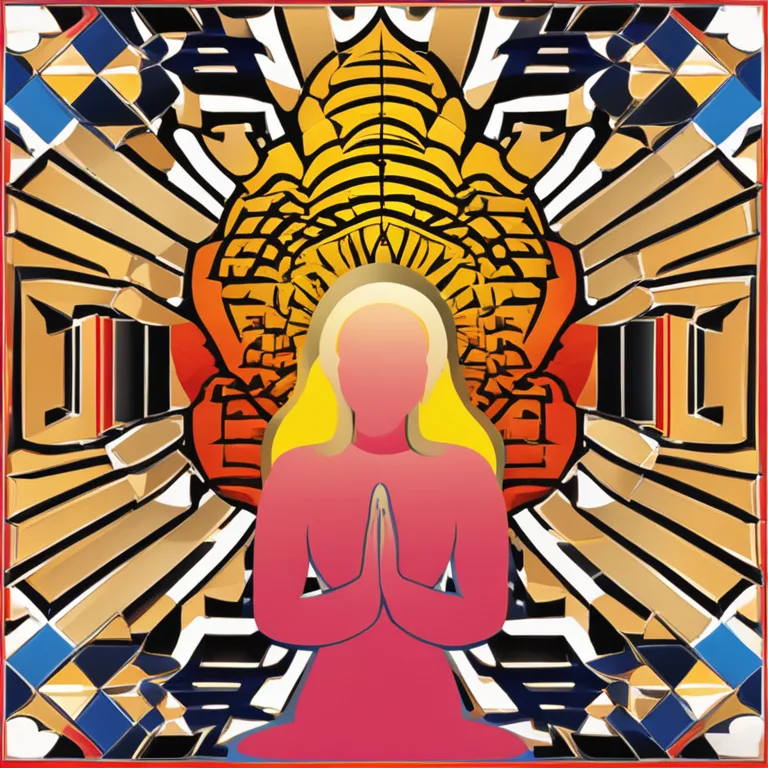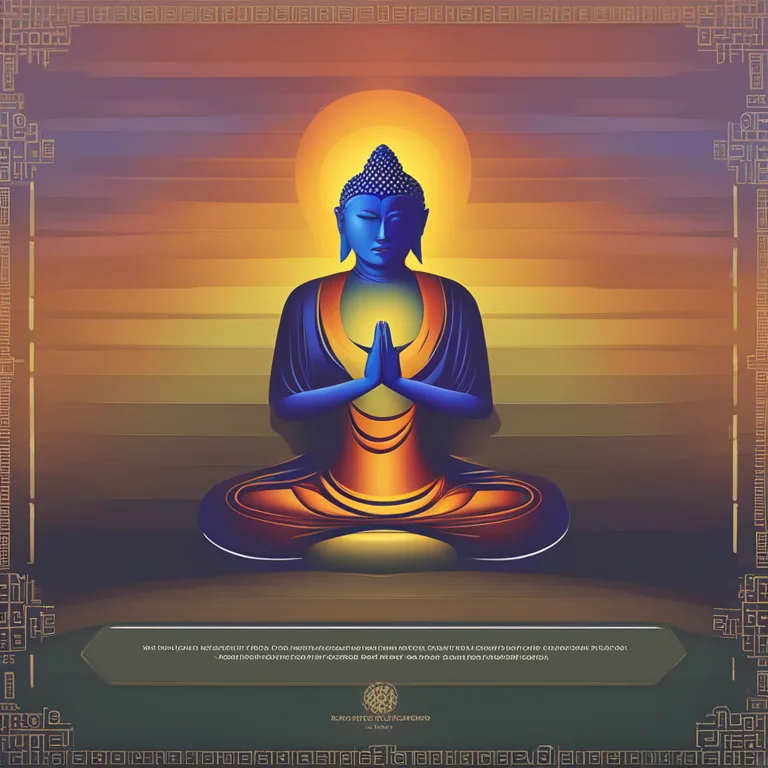
Fingers & Focus: Meditation Techniques for Clarity
Discover the power of your hands with effective finger meditation techniques to enhance mental clarity and emotional balance in this comprehensive guide.
article by Hina Kurosawa
Introduction to Finger Meditation
Meditation has been a beacon of serenity and self-discovery for centuries, often seeking the assistance of our own bodies to anchor the practice. Finger meditation is a tactile form of meditation that leverages the sense of touch and the energetic meridians in our fingers to promote mental and emotional equilibrium. This method of mindfulness can be practiced anywhere and anytime, making it a versatile tool in our quest for inner peace.

Gyan Mudra: The Gesture of Knowledge
Gyan Mudra is one of the most recognized hand gestures, or 'mudras,' used in meditation. To perform this technique, join the tip of your index finger with the tip of your thumb, forming a circle, while the remaining fingers stay extended yet relaxed. This particular mudra is associated with an increase in focus and concentration, making it a valuable aid in meditation for those seeking to enhance cognitive clarity. Gyan Mudra is often recommended during mindfulness practices that require increased awareness of the present moment.

Anjali Mudra: The Salutation Seal
Anjali Mudra, commonly known as the prayer position, involves pressing the palms together with the fingers pointing upwards. The physical union of the hands in this gesture represents the harmonization of the two hemispheres of the brain and symbolizes gratitude and respect. This mudra aids in centering the practitioner, fostering an atmosphere of reverence and calmness that is conducive to deep meditation. Anjali Mudra is especially potent when used at the beginning or end of a meditation session to cultivate a sentiment of completeness.

Prithivi Mudra: The Earth Element
Invoking stability and strength, the Prithivi Mudra is performed by connecting the tips of the thumb and ring finger while keeping the other fingers gently extended. This gesture correlates to the earth element and is believed to encourage vitality, patience, and the grounding of energy. Practitioners often use this mudra to overcome feelings of restlessness and to foster a sense of steadiness in their meditation practice.
Dhyana Mudra: The Deep Contemplation
The Dhyana Mudra is one deeply associated with the meditative absorption of Buddhist practice. To assume this posture, place both hands in your lap, with the right hand resting on top of the left, palms up, and tips of the thumbs gently touching each other. This arrangement represents a bowl, symbolic of the tranquil receptivity necessary for deep meditation. Traditionally linked with the attainment of spiritual enlightenment, the Dhyana Mudra is a facilitator of profound introspection and tranquility.
Shuni Mudra: The Seal of Patience
Shuni Mudra, the seal of patience, is carried out by gently touching the tip of the middle finger to the thumb, while other fingers remain straight. It is believed to enhance intuition, discipline, and responsibility, making it particularly beneficial for those seeking to develop inner wisdom and manage negative emotions. Incorporating Shuni Mudra into daily meditation can help individuals remain patient and focused amidst the challenges of life.
Integrating Mudras into Your Practice
Integrating finger mudras into meditation enhances the experience by providing a physical anchor for concentration. Beginners should start with a few minutes and gradually increase the duration as comfort with the gesture grows. It is important to maintain a relaxed but stable posture and to breathe naturally. The beauty of finger mudras lies in their simplicity—no additional equipment is needed, making this form of meditation uniquely accessible and personal.
Published: 1/8/2024
Modified: 1/8/2024
More predictions
Come back here soon to learn more about yourself and your future


Meditation Techniques For OCD
Mindful practices to help manage Obsessive-Compulsive Disorder symptoms effectively through meditation.


Meditation Techniques: A Handbook
Discover the breadth of meditation methods to enhance your wellness journey.


Meditation: Finger Techniques Explored
Discover the art of finger meditation to harmonize body, mind, and spirit through ancient practices for modern wellness.